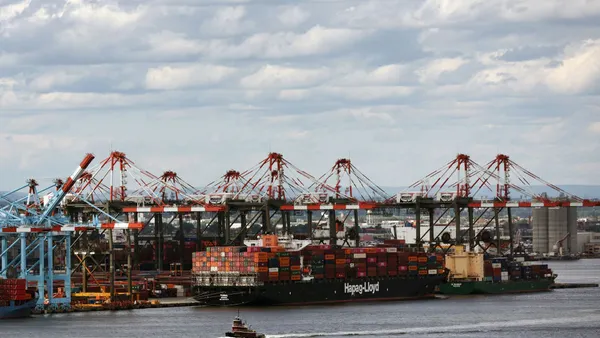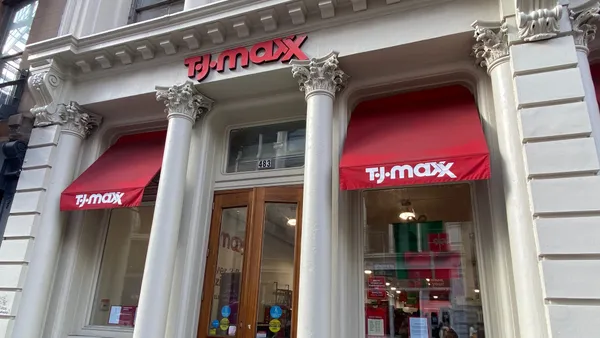Dive Brief:
- Drewry Maritime Consultants on Tuesday launched its "Cost Impact Calculator," a service to help shippers understand the costs their supply chains may incur as the shipping industry transitions to low-sulfur fuel.
- In the past months, Maersk Line, CMA CGM, Hapag-Lloyd and OOCL have each announced new surcharge mechanisms for 2019, designed to cover the costs of compliance for a global rule that requires the maritime industry to decrease fuel emissions three percentage points by 2020.
- The shipping lines estimate the cost of this transition to be around $2 billion per major carrier, depending on the fleet size. The cost far outweighs the industry's profits over the past years, however and as a result, shippers are expected to shoulder the costs of the new rule.
Dive Insight:
Where there's money to be paid, there's money to be made.
The high levels of uncertainty around how the IMO's new environmental standards for ocean carriers may well turn a profit for Drewry, which is now adding low-sulfur fuel-cost advisory services to its slate.
That's not to say it isn't needed. Drewry estimates shippers will have to pay up to 60% more in fuel costs for the low-sulfur (ergo, low-emission alternative). Shipping lines are reeling as a result. To avoid bearing the full brunt of new costs, carriers are announcing new fuel surcharge mechanisms to cover the cost of compliance.
In other words, shippers are slated to begin bearing the brunt of the new surcharges as early as 2019. Yet, according to Drewry's research, only one in ten shippers have conducted a cost impact assessment and 33% said they had a poor awareness or understanding of the new regulation.
The result is a general feeling among the industry that carriers are, as one group put it, "profiteering" due to the new regulations. Another shippers' association said they considered the lack of negotiation over these costs unfair. Meanwhile, ocean carriers are setting up to compete over which surcharge model is more palatable.
It's unclear how, exactly, the new rules will affect specific trade lanes. No carrier has dared to be specific on that front, yet. What is clear is this will likely be a top sticking point ahead of contract negotiations for ocean freight services in 2019.














